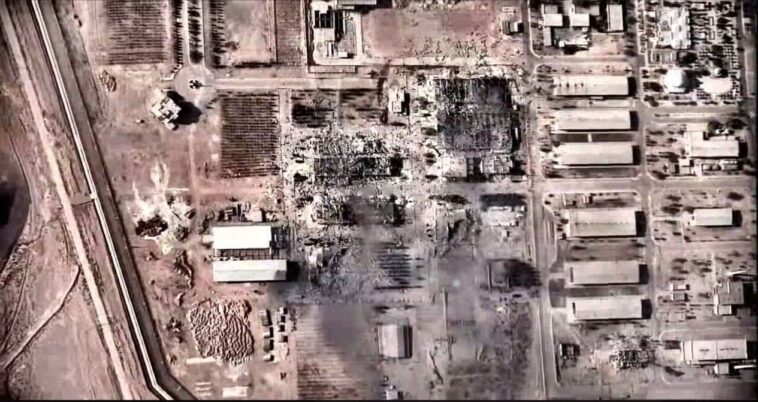In the wake of targeted airstrikes from the United States and Israel hitting its primary nuclear centres, the sitting President of Iran has directed the nation to cease all ties with the International Atomic Energy Agency (IAEA). Specifics concerning the extent of this suspension, and its implication, were not supplied within the President’s decree.
In a twist, the Iranian Foreign Minister indicated during a media engagement that Iran might still be amenable to pursuing discussions with the U.S., despite the new directive. With a track record of leveraging IAEA inspection limitations as negotiation tactics with the West, Iran’s current stance isn’t an entirely unfamiliar scenario.
The directive came to public attention through a national Iranian television broadcast. It outlined a parliamentary law seeking discontinuation of collaboration with IAEA, which the President now appears to be enforcing.
This legislation had previously passed the scrutiny of the nation’s constitutional body, the Guardian Council. The Supreme National Security Council, overseen by the President himself, most likely also endorsed the bill, paving the way for its execution.
Israel was swift in censuring Iran’s decision, with severe criticism coming from the region’s Foreign Minister. However, how Iran intends to operationalize the cessation of cooperation with IAEA is still a mystery, with concrete implementation plans yet to be unveiled.
A landmark nuclear agreement was struck in 2015, permitting Iran’s uranium enrichment up to 3.67%. This limit is sufficient to fuel a nuclear power plant, but it falls considerably short of the 90% threshold necessary for creating bomb-grade uranium.
In addition to setting enrichment caps, the 2015 agreement triggered a severe reduction in Iran’s hoard of uranium. It also implemented restrictions on the use of centrifuges, and tipped the responsibility of monitoring Iran’s adherence to these terms onto the IAEA.
Israeli military operations have struck at the heart of Iran’s nuclear infrastructure, resulting in claims from Israel that Iran had the potential to develop a nuclear weapon stemming from the affected facilities. The impact of these airstrikes has been extensive, substantially affecting Iran’s Revolutionary Guard and its cache of ballistic missile technology.
Contrary to accusations of an imminent nuclear weapon threat from some quarters, comprehensive satellite imagery paints a different picture. What these aerial photographs reveal are Iranian officials assessing the rubble left by American bunker busters on their soil.
The satellite images also capture trucks and industrial-grade machinery like cranes and excavators, spotted near the targeted tunnel locations. The full scale of the damage inflicted by these airstrikes, however, remains to be determined.

